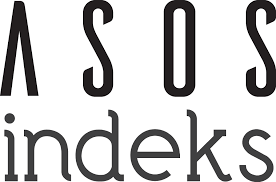
Fetal Humerus Length Nomogram in Gestational Weeks 19-24: Clinical Significance, Gender and Turkish Ethnical Differences
Ayşe Ceren Duymuş, Nizamettin Bozbay, Gokcen OrgulDepartment of Obstetrics and Gynaecology, Selçuk Univercity, Konya,TurkeyINTRODUCTION: Objective To create a comprehensive fetal humerus length nomogram that is both gender- and ethnically relevant and applicable to the specified gestational weeks.
METHODS: We conducted a retrospective cohort study that included singleton pregnancies between 19 and 24 weeks of gestation who were admitted to our clinic between 2021 and 2023. The study population comprised pregnant women who identified themselves as originating from the primary Turkish ethnic group and are between the age of 18 to 45. Ultrasonographic measurements were conducted by a single clinician using a General Electric Voluson E6 (USA) ultrasonography device with a transabdominal approach. Biometric evaluation of fetus was determined with measurements taken for Biparietal Diameter, Head circumference, Abdominal Circumference, Femur Lenght and Humerus Lenght.
RESULTS: Gender-specific nomograms were constructed according to the gestational weeks. No significant differences were observed between the fetal genders,however, the humerus length of the fetuses was found to be greater than that documented in other populations, as evidenced in the WHO fetal growth charts.
DISCUSSION AND CONCLUSION: The findings of our study demonstrate the necessity of ethnic-specific fetal HL nomograms. Furthermore, we anticipate that our results will contribute to the development of customised fetal nomograms for the Turkish population, in the future. In conclusion, by using a nomogram that accounts for ethnic differences, clinicians can better identify at-risk populations and provide targeted interventions, ultimately improving fetal outcomes.
Keywords: humerus lenght, fetal gender, spesific nomogram, fetal growth
Manuscript Language: English
(541 downloaded)









